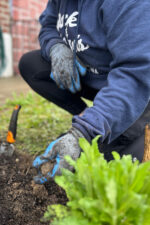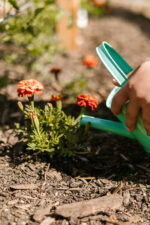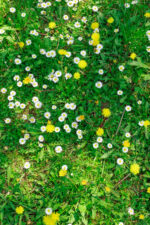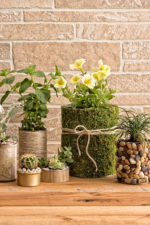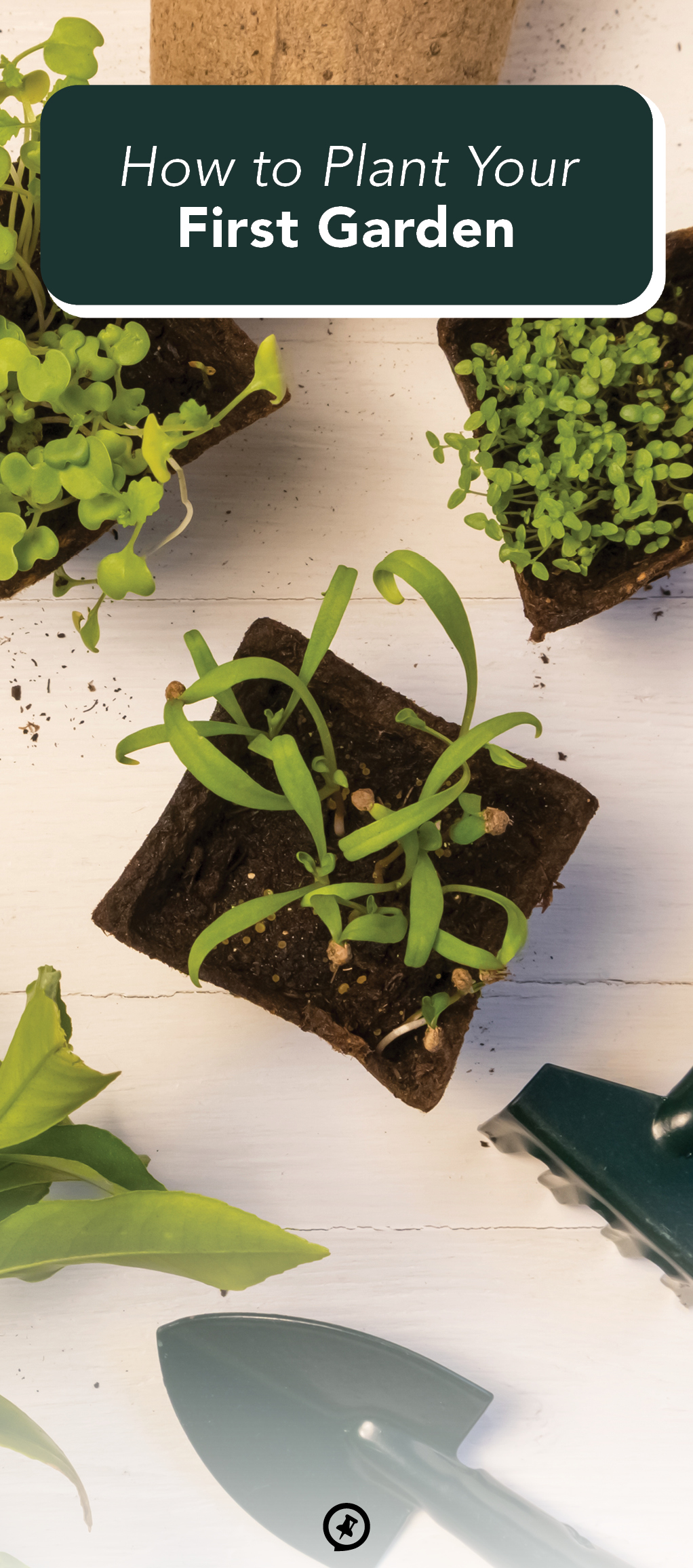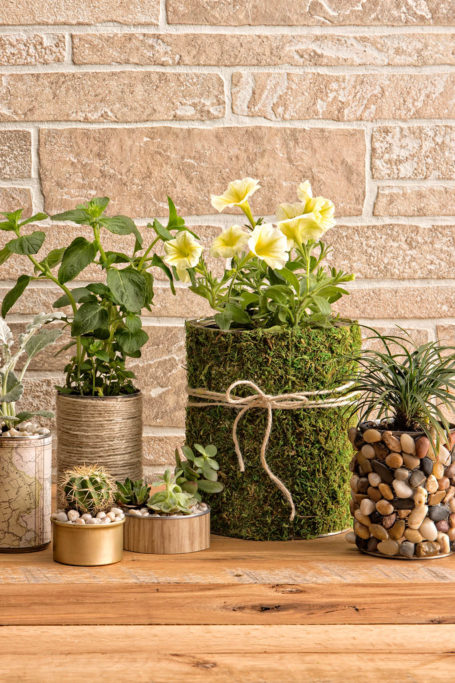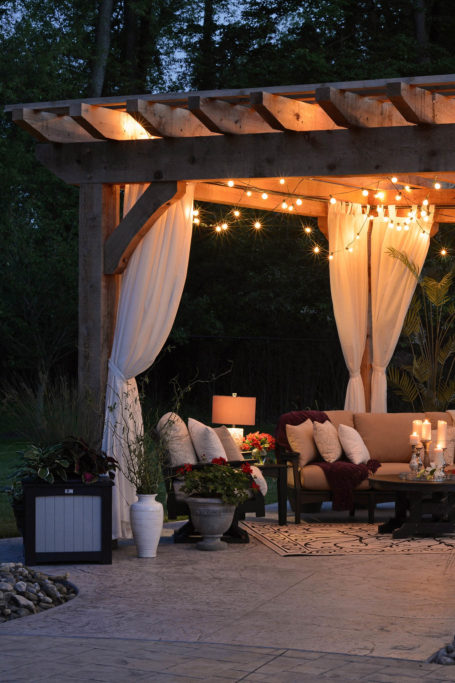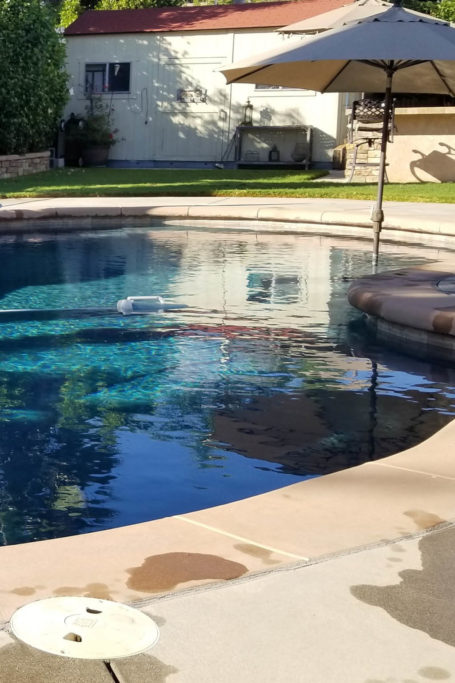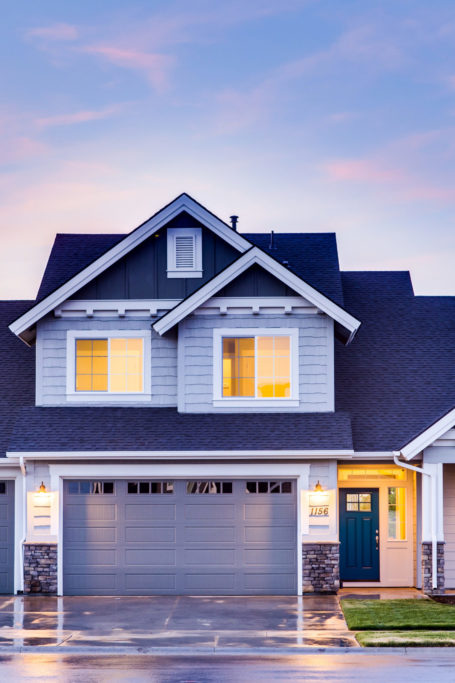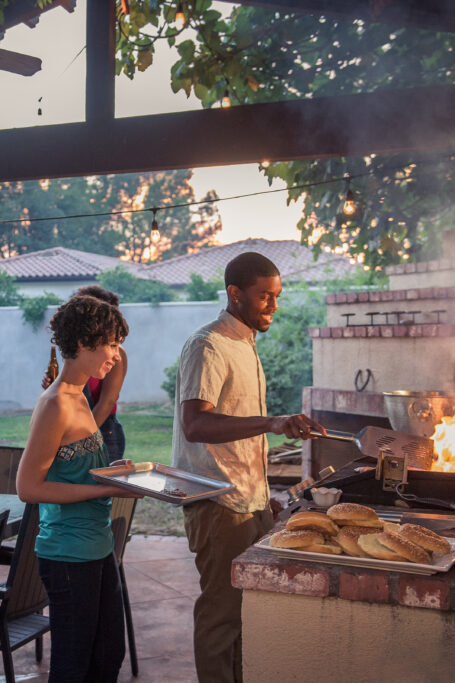How to Plant Your First Garden
Use this guide to start growing some of your favorite flowers, fruits, herbs, and veggies.
Have you been wanting to plant a garden but feel overwhelmed or unsure how to go about it? Gardening may be easier than you think, and there are many ways to get started. Before you know it, you may be picking ripe tomatoes or clipping fragrant flowers from your very own vibrant plot of paradise.
The basics
You don’t need a vast garden to reap big results, so you might want to start small to have the best chance for success. An area of no more than thirty-six square feet should give you more time to tend to your plants, hone your gardening skills, and grow a bountiful harvest. A sunny location that gets several hours of sunlight is ideal for fruits, vegetables, and other sun-loving plants, but be sure to check their tags or seed packets to know exactly how much sun they will need. Once you’ve picked your spot, get started by removing unwanted vegetation from your garden area. Then loosen the soil with a tiller or a shovel, lay down compost so your plants will have the nutrients they need, and add your seeds or plants.
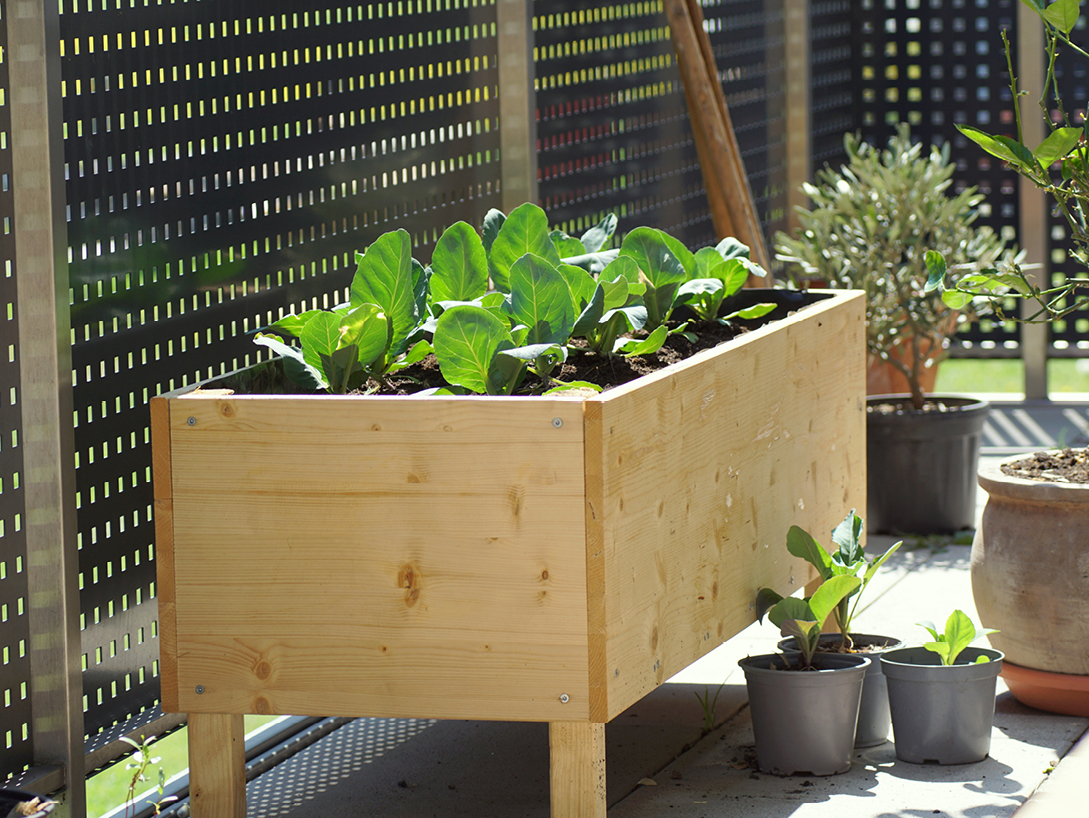
Quick-start gardening options
If you want to get your garden going in even less time, try one of the following beginner-friendly and time-saving alternatives. With these methods, you might spend less time digging and even more time enjoying the fruits of your labor.
Use traditional pots
Flowers, herbs, fruits, and vegetables can all flourish in pots outdoors. Just be sure to use light and fluffy potting soil, as heavier dirt won’t drain well, and carefully add drainage holes with a drill if your containers don’t have any. Cucumbers, eggplants, and tomatoes grow well in pots, as do basil, dill, thyme, coneflowers, marigolds, and petunias. Containers are convenient because they can be moved as needed to give your plants more sun or shade and they’re unlikely to get weedy.
Add hanging baskets
You can grow a bountiful garden on the smallest balcony by utilizing hanging baskets. If you don’t have a ceiling or post for your planters, try suspending them from a freestanding shepherd’s hook. You could fill them with blooms like fuchsias, lantana, or verbenas or plant crops like chives, cherry tomatoes, lettuce, mint, parsley, or strawberries. Eventually, your lovely gardens will drape beautifully over their containers for an elegant look.
Create a plant wall
Vertical gardens are another handy way to create a garden in a small space. Try hanging your potted plants on a fence or trellis, or think out of the box by utilizing a shoe organizer as a wall container. Whichever you choose, make sure it allows for drainage before planting. Plants that can grow this way include mustard greens, mini tomatoes, herbs, and flowers like impatiens and begonias.
Add a raised garden bed
Using a raised bed is a great way to simplify gardening while maintaining a traditional garden feel. You can buy a raised garden kit that’s simple to put together or create your own enclosure by using stones, bricks, or lengths of lumber that you can secure at the corners with planter blocks. Once you fill the enclosure with raised bed soil, it will be ready for planting. Just keep in mind that raised gardens must be watered frequently because their soil can dry out quickly.
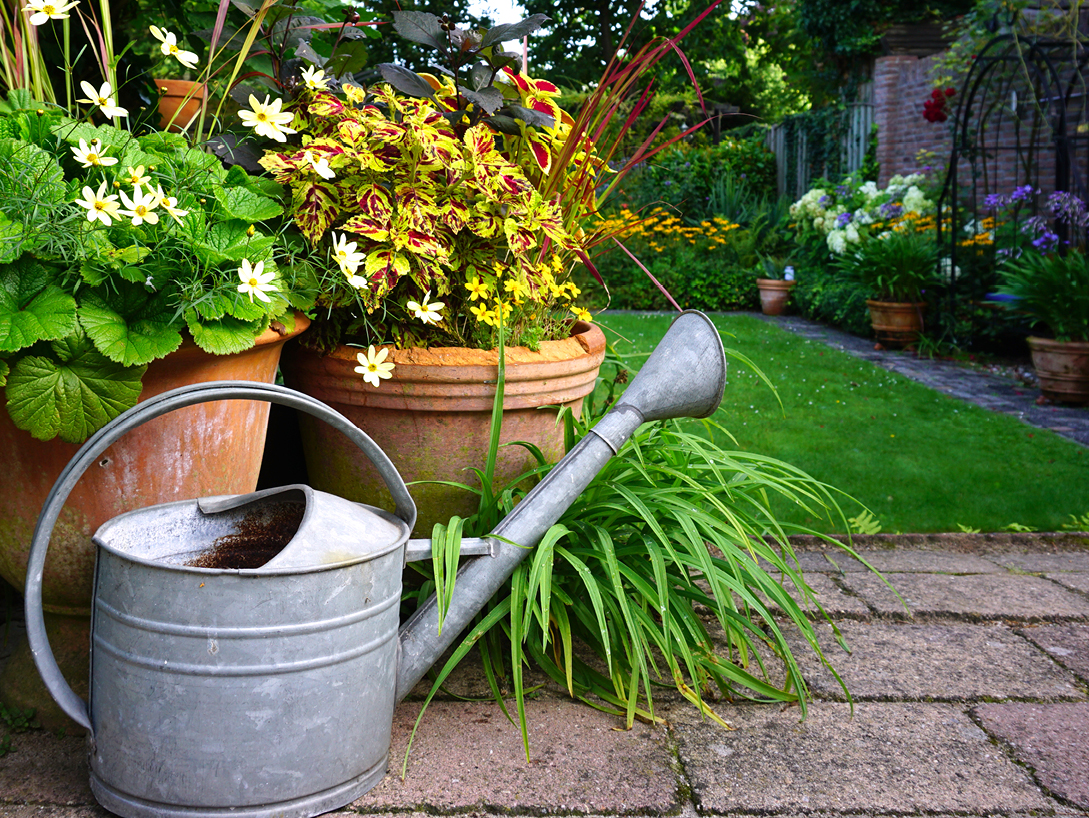
Start planting
Once you know where you will grow your garden, it’s time to choose your plants. If you’re interested in eggplants, peppers, or tomatoes, think about buying starter plants from your local garden center since these types of produce require more time to mature. But you could also plant fast-growing crops from seeds, including beans, basil, beets, carrots, cucumbers, and herbs like dill and parsley. Just be sure to follow the instructions on the seeds’ packets so you know how deep they should be planted and how far apart they should be spaced. For seedlings, carefully remove them from their pots and gently massage their root balls. Then use a trowel to dig a hole no bigger than each plant’s root mass, and cover the roots with dirt to plant them.
Nurture your plants
Once your garden is planted, tend to it by pulling any weeds, watering it, and adding fertilizer according to the package’s directions. Water your garden daily when it’s first planted, and then check the soil regularly to see if it’s dry. You can test the moistness of your soil by poking your finger a few inches into it or by using a moisture meter. If you add water in the morning, you’ll give your garden a better chance of soaking it in before it evaporates. A watering wand, long-neck watering can, soaker hose, or drip system can help you get the water where it’s most needed: at the base of your plants.
Turn a new leaf this summer, and try your hand at gardening. You may reap a reward of flowers, fruits, veggies, and herbs that you can enjoy all season.

